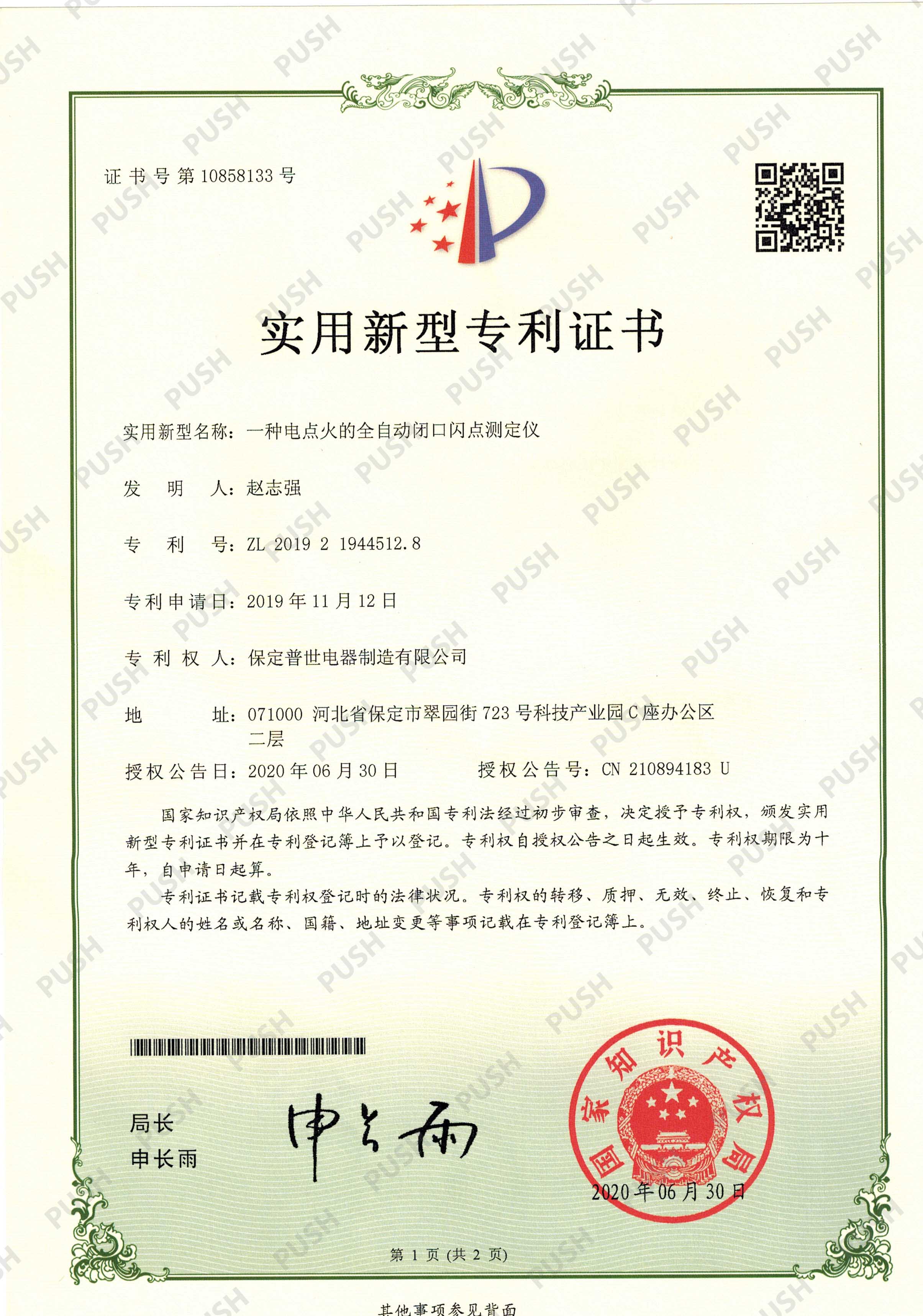 English
English


dielectric loss test
Dielectric Loss Test Understanding and Its Importance
Dielectric loss testing is an essential diagnostic tool used in evaluating the electrical insulation properties of materials. This method quantifies the loss of energy in an insulating medium subjected to alternating electric fields, which is critical for ensuring reliability and efficiency in electrical systems. As electrical and electronic devices become more sophisticated, understanding dielectric loss is increasingly vital.
The fundamental concept behind dielectric loss relates to how materials respond to electric fields. When an alternating current is applied to a dielectric material, energy is absorbed by the material due to its inherent electrical properties. This energy absorption leads to heat generation, which signifies a loss of energy that is not effectively utilized in the intended electrical cycle. The percentage of energy loss relative to the total energy supplied during the dielectric test is referred to as dielectric loss percentage.
Dielectric loss testing can help identify various problems within electrical systems, including insulation degradation, moisture ingress, and contamination. Over time, environmental factors such as heat, humidity, and physical stress can deteriorate insulation, leading to increased dielectric losses. By regularly performing dielectric loss tests, engineers and maintenance personnel can predict insulation failure and schedule timely maintenance, ultimately prolonging the lifespan of electrical components.
dielectric loss test

The procedure for conducting a dielectric loss test typically involves applying a high voltage (usually AC) across the insulation material. A specialized meter is then used to measure the current (leakage current) that flows through the material. The ratio of the leakage current to the capacitive current gives insight into the dielectric loss. A higher dielectric loss percentage indicates poorer insulation quality, which can be a precursor to catastrophic failures if left unaddressed.
There are various standards and methodologies governing dielectric loss testing, such as ASTM D150 and IEC 60247, which are adopted internationally. These standards ensure consistency and reliability in testing procedures across different industries, including utilities, manufacturing, and telecommunications.
In practice, dielectric loss testing is particularly critical in high-voltage applications. Failure in insulation systems in substations or power generation facilities can lead to operational downtimes, safety hazards, and significant financial losses. By monitoring dielectric loss trends over time, facilities can implement predictive maintenance strategies that consider the health of their insulation systems, further enhancing safety and efficiency.
In conclusion, dielectric loss testing is an invaluable resource for assessing the condition of electrical insulation. By providing insights into energy loss and insulation performance, this testing method plays a critical role in preventing failures and optimizing the longevity of electrical systems. As technology continues to advance, integrating dielectric loss testing into routine maintenance schedules will become even more crucial for ensuring the reliability and efficiency of electrical infrastructure.
-
Differences between open cup flash point tester and closed cup flash point testerNewsOct.31,2024
-
The Reliable Load Tap ChangerNewsOct.23,2024
-
The Essential Guide to Hipot TestersNewsOct.23,2024
-
The Digital Insulation TesterNewsOct.23,2024
-
The Best Earth Loop Impedance Tester for SaleNewsOct.23,2024
-
Tan Delta Tester--The Essential Tool for Electrical Insulation TestingNewsOct.23,2024





